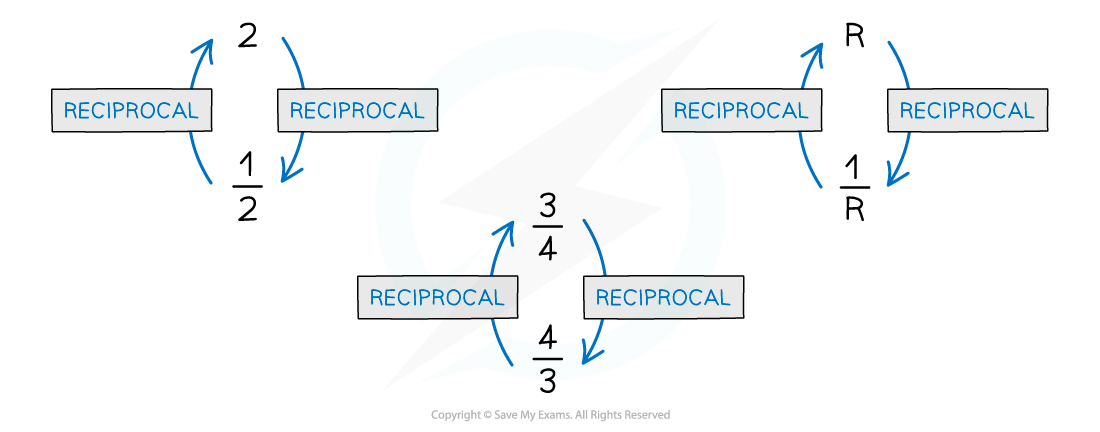Resistors in Parallel (Cambridge (CIE) A Level Physics): Revision Note
Exam code: 9702
Deriving the equation for resistors in parallel
In a parallel circuit, the reciprocal of the combined resistance of two or more resistors is the sum of the reciprocal of the individual resistances
In a parallel circuit:
The current is split at the junction (and therefore between resistors)
The potential difference is the same through all resistors
The equation for combined resistors in parallel is derived using Kirchhoff’s laws:


Resistors in parallel
When two or components are connected in parallel:
The reciprocal of the combined resistance is the sum of the reciprocals of the individual resistances
Resistors in parallel

Resistors connected in parallel have the same voltage
The equation for the combined resistance, R of resistors in parallel is:
This means the combined resistance decreases and is less than the resistance of any of the individual components
For example, If two resistors of equal resistance are connected in parallel, then the combined resistance will halve
Maths tip
The reciprocal of a value is
For example, the reciprocal of a whole number such as 2 equals
The reciprocal of
is 2
If the number is already a fraction, the numerator and denominator are ‘flipped’ round
Reciprocals

The reciprocal of a number is 1 ÷ number
In the case for the resistance R, this becomes
. To get the value of R from
, you must calculate
You can also use the reciprocal button on your calculator (labelled either x-1 or
, depending on your calculator
Worked Example
The circuit below shows 3 resistors connected in parallel.
Which value gives the combined resistance of all the resistors in this circuit?
A.
B.
C.
D.

Answer: D
Step 1: Resistors in parallel equation
Step 2: Substitute in the values given from the equation
Step 3: Calculate the total resistance
Examiner Tips and Tricks
The most common mistake is to leave the answer as 1/RT. Remember to calculate to get the value of RT.

Unlock more, it's free!
Did this page help you?